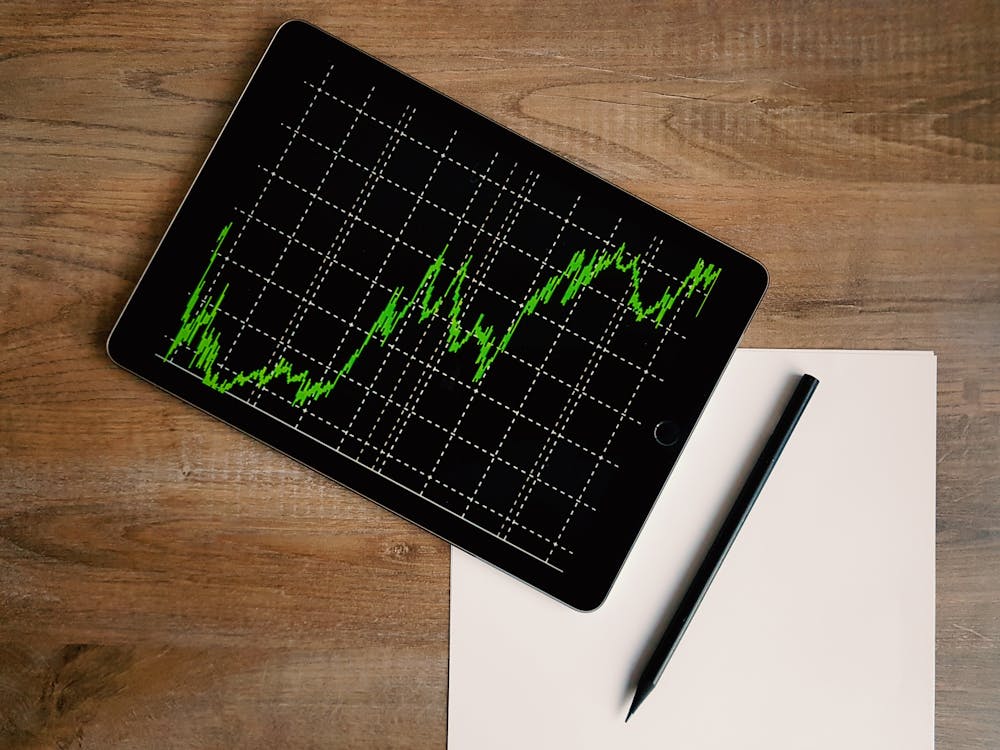The Best Time In The Election Cycle To Own Stocks

Image Source: Pexels
Like professional card players, investors are always looking for a way to get an advantage and increase their odds of success.
The most successful investors realize that it’s not always a matter of which stocks to buy – it’s also about when to buy them.
With Election Day less than four months away, let’s take a look at some long-term trends in stocks’ performance in each year of the presidential cycle.
The good news is that on average, all four years are positive. The bad news is that if history is any guide, next year will be a bit of a dud. But it depends on how far back you look.
Based on data going back to 1896, the year after the presidential election (that is, the first year of the new term) is typically the worst year for stocks, with the Dow gaining an average of just 3%.
However, that has not been the case recently. Starting with George W. Bush’s second term in 2005, stocks have recorded higher-than-average gains in the first year of five consecutive terms.
The numbers during Barack Obama’s, Donald Trump’s, and Joe Biden’s first years were huge. The market gained 26% and 32% during the first year of Obama’s two terms, Trump’s first year saw a 22% return, and the market gained 29% the year Biden took office.
The second year is slightly better than the first on average, with a 4% average return – still nothing to write home about.
The third year is normally the best, with a 10.2% average gain, followed by a 6% return in election years.
The trend makes sense when you think about it. In the early part of a president’s term, they’re more likely to make tough economic decisions, because they have a grace period and they’re years away from either running their own reelection campaign or campaigning for their party’s next nominee. But as they get closer to the end of their term, they’re going to start handing out economic favors all over the place to win over voters. That extra money sloshing around lubes up the economy and the market.
Of course, every president and every Congress will have different policies that affect the stock market in various ways. But if the market’s yearly gains were simply random, you’d think the results would be more similar over such a long period of time.
Now, I want to be clear that I’m not calling for a bear market next year. But knowing that the first year of a president’s term has historically been the weakest for stocks is a useful piece of information to file away.
I place a lot of value on these types of anomalies as I’m analyzing the market. Ignoring them can be the difference between having an edge over everyone else and being frustrated that the market didn’t behave like you thought it would.
More By This Author:
Innovative Industrial Properties: A True “High” YielderThe Hidden Truth About Diversification
Why Oil Prices Are Still On Track To Move Higher




